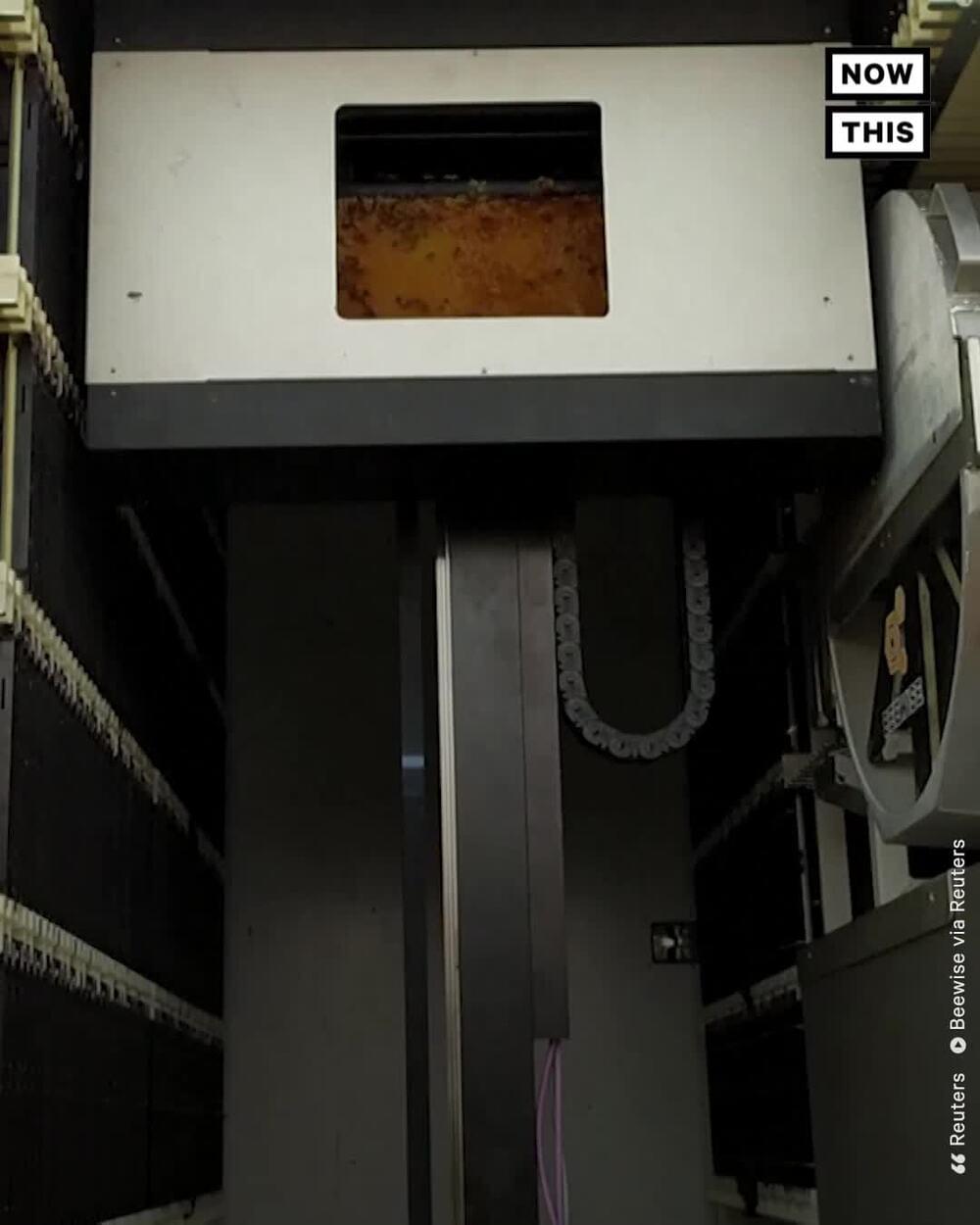Via NowThis Earth







Two operators including Chinese internet search giant Baidu have been given the green light to start charging passengers to use their autonomous taxis in Beijing.
Baidu and Pony AI became the first companies to be granted licences by mainland Chinese authorities to launch their driverless cab services commercially following successful trial periods.
On Thursday, the Beijing High-level Automated Driving Demonstration Area gave permission for Baidu and Pony AI to charge fees for their so-called robotaxis in a designated area of the capital covering 60 square kilometres.
A UK company with lofty aspirations around sustainable space travel has test-fired a rocket engine powered in part by plastic waste. Pulsar Fusion’s hybrid rocket engine is part of an ambitious journey that also involves the development of nuclear fusion technology for high-speed propulsion, which could cut travel times to Mars in half.
The idea of incorporating recycled plastic waste into hybrid rocket fuels is something we have seen explored before. Virgin Galactic flirted with the idea back in 2014 through the use of a rocket powered by a fuel based on a class of thermoset plastics, though this was swiftly abandoned after a failed test flight. Scottish company Skyrora is another outfit working on such a technology, having successfully tested out its Ecosene fuel made from converted plastic waste.
More Stories
Consider humanity’s astounding progress in science during the past three hundred years. Now take a deep breath and project forward three billion years. Assuming humans survive, can we even conceive of what our progeny might be like?
For all of our video interviews please visit us at www.closertotruth.com

World’s biggest metals trader plans huge renewable hydrogen facility at Port Pirie to help improve the competitiveness of the local smelter.
Microsoft has released Windows 11 build 22504.1010 (KB5008697) to Insiders in the Dev Channel. It does not add anything new and is a cumulative update to test the servicing pipeline.
